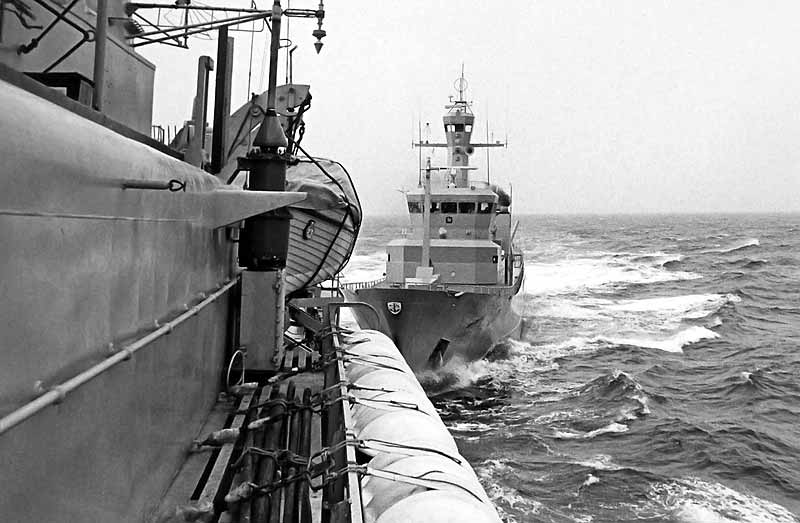Oldgateboatdriver
Army.ca Fixture
- Reaction score
- 4,291
- Points
- 1,010
Colin P said:The Pearkes is considered Arctic class 2, it not bad considering what others ships are, the Russians I think are the only ones with a Arctic class 6 or higher.
https://www.tc.gc.ca/eng/marinesafety/tp-tp13670-tables-2154.htm
Do you think the Chinese will return? Xuě Lóng unexpectedly arrived in 1999 at the small Canadian coastal village of Tuktoyaktuk, on the Arctic Ocean.[16][17][18]
The inability of the Canadian authorities to track the vessel stirred enough controversy that the incident is still being cited as evidence of Canadian unpreparedness to defend its northern sovereignty (wiki)
Aren't the AOPS supposed to be Arctic class 3? That would make them more amenable to ops up there than the Pearkes and her likes.
On the other hand, I am pretty confident that the Chinese will be back in the Arctic. They are building icebreakers for research right now. And BTW, the nature of oceanic surveillance is such that a ship could arrive unexpectedly in San Fransisco, or Halifax, even Quebec City today or the day after. These things are not perfect. That Chinese ship in Tuk had to go through the Bering straight and through the Beaufort sea under the nose of the Americans too.
In view of the potential natural resources up in the Arctic ocean and under it, the Chinese cannot afford to admit other nations' claims of sovereignty over the actual Arctic ocean and deprive themselves of potential exploitation (particularly fishing) if these waters become navigable. So I have no doubt they will be back up there again.
That is why the largest part of the Arctic program of DND is oriented towards detection, with the Arctic surveillance network at its heart. Moreover, since 1999, we (Canada) have put Radarsat 2 in orbit. While it is a commercial endeavour of the Space Agency, the ops centre has a permanent RCAF cell to use it for surveillance of the territory, and particularly the Arctic (and to vet "commercial" requests to make sure we are not asked to provide "intelligence" to foreign nations or belligerents).





